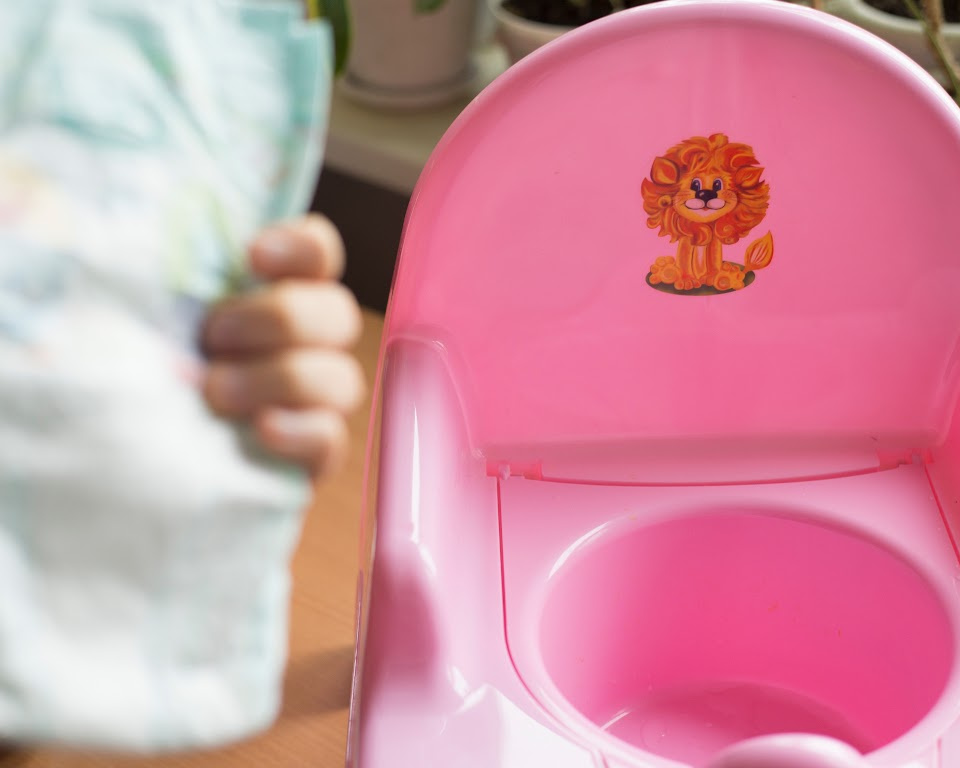Potty training is a pivotal milestone in a child's development, and for the parent or…

How to Communicate With Non Verbal Autistic Child
Understanding how to communicate with a nonverbal autistic child is a challenge many parents, caregivers, and teachers face. As we seek ways to connect with these special children, it is crucial to remember that while they might not use words, they are nonetheless receptive and capable of communication in their own unique ways.
Our communication tips for autism aim to shed light on the poignant experience of silent connection. Realizing that speech is not the sole mode of communication opens up a world of opportunities for interaction.
Children with Autism Spectrum Disorder (ASD) often express themselves through gestures, movements, and nonverbal body language cues. Such alternative ways of connection call for our attention, patience, and most importantly, our respect.
Emphasizing on mutual understanding, this guide uncovers how flashcards can aid in expressing needs, teaching new words, and effectively communicating with a nonverbal autistic child.
Understanding Nonverbal Autism and Communication Needs
Communicating with children diagnosed with nonverbal autism offers its own unique set of challenges. It’s a journey that involves finding a balance between acknowledging their personal communication style and introducing new, potentially beneficial techniques. In this section, we explore some effective nonverbal autism communication strategies, as well as different ways to connect with nonverbal autistic children.
Defining Non-Verbal Autism and Its Communication Challenges
The term ‘nonverbal autism’ is used to describe the subset of individuals on the autism spectrum who don’t utilize speech as their primary form of communication. This doesn’t mean that these individuals have nothing to say, but rather they use alternate ways of expressing themselves. Some may rely heavily on gestures, while others prefer using assistive technologies. The key here lies in improving communication skills in nonverbal autism by identifying and supporting these preferred methods.
The Importance of Recognizing and Interpreting Nonverbal Cues
Developing a strong understanding of nonverbal autism communication techniques goes a long way in fostering meaningful communication. For instance, observing a child’s behavior and demeanor can help convey what they are feeling or wanting. Attention to eye contact, gestures, facial expressions, and body language provides valuable insights into their wants and needs. By recognizing and responding to these nonverbal cues, caregivers can better support their child’s communication efforts.
Building Trust and Emotional Connection Without Words
Building trust with a nonverbal autistic child takes time, patience, and a great deal of empathy. Part of this trust-building process involves accepting their unique communication style. Approaching them on their own terms and at their own pace is key to fostering a meaningful bond. This might involve simple actions like joining them in their favorite activities, modeling and encouraging the use of gestures, or simply being present and attentive. The goal is to create a safe and supportive environment where the child feels valued and understood.
How to Communicate with Non Verbal Autistic Child
Communicating effectively with a non verbal autistic child can often seem challenging yet gratifying. Understanding this, the first step to creating avenues for communication with an autistic child is embracing the fact that every child, autistic or otherwise, is different and has a unique blend of strengths and areas for growth that are shaped by their individual experiences.
It’s significant to discern that words do not exclusively define communication. A wealth of vital information is transmitted through nonverbal cues like facial expressions, eye contact, body language, and even silence.
While engaging with an autistic child, patience, empathy, and adaptability are key. Here are some autism communication tips to help bridge the communication gap:
Use of Sign Language: Languages such as American Sign Language (ASL), Makaton, or even a customized gesture vocabulary can be an invaluable tool for facilitating communication.
Nonverbal Communication: Gestures, symbols, and other non-verbal communication methods are invaluable. Pay attention to facial expressions, movements, and other cues that the child uses to communicate their needs and emotions.
Simple Child-friendly Language: Speak directly to the child using simple sentences and child-friendly language. This not only includes using words that the child understands but also modulating your tone and volume to prevent overwhelming the child.
Visual Cues: Use visual aids and cues, such as Picture Exchange Communication System (PECS), to help the child express themselves and understand what is being communicated to them.
Shared Activities: Engage in activities that the child enjoys and uses these opportunities to communicate and connect. Through shared activities, the child’s confidence and trust will grow, enabling them to open up more.
Support Groups and Therapists: Seek support from therapists, educators, and support groups who can provide advice, guidance, and practical strategies for improving communication with a nonverbal autistic child.
In conclusion, connecting with a nonverbal autistic child requires empathy, patience, and a well-equipped communication toolbox. With persistence and the right strategies, communication with a nonverbal autistic child can comprise a realm of expressions that far surpass words.
Conclusion
As we explore the essential approaches to improving communication with nonverbal autistic children, we must remember that each child is unique, with their preferred pace of interaction. Effectively supporting a nonverbal autistic child requires acknowledging and working within these individual preferences.
Embracing the Uniqueness of Each Nonverbal Autistic Child
Nonverbal autism does not define a child’s capabilities. It’s vital to recognize the individuality of each child, their unique methods of communication, and their particular pace. This understanding and adaptability lead to a fulfilling and properly assisted life for these children. They have as much to offer and express as anyone else; it’s how to communicate with them that needs a different approach.
Patience and Consistency in Enhancing Communication
It’s a gradual process to establish effective communication with nonverbal children. Perseverance, collaboration with professional therapists, and consistently using suitable strategies customized to the child’s needs are the cornerstones of enhancing communication abilities. Your ongoing efforts can lead to substantial improvements in their self-expression, significantly impacting their lives.
The Role of Community and Support in Navigating Nonverbal Autism
A strong community and support system are irreplaceable assets while navigating the challenges of nonverbal autism. Joining hands with local support groups, sharing experiences and insights with other families, and using resources such as the Autism Support Pack for Foster Parents can greatly assist in facilitating productive communication. A well-knit support structure often leads to a nurturing environment benefiting both nonverbal autistic children and their caregivers.
FAQ
How can I communicate effectively with a non-verbal autistic child?
Effective communication involves understanding that speech isn’t the only mode of expression. Engage children in simple gestures, eye contact, and imitation. Use flashcards to aid in expressing needs and teaching new words. Encourage alternative communication methods like sign language or Makaton, as well as activities like dance, music, and arts. Consider the use of visual communication aids like PECS.
What should I understand about non-verbal autism?
Non-verbal autism refers to autistic individuals who are unable to communicate using spoken language. They often rely on physical gestures and facial expressions to express themselves. Strategies for communication and language development can include play, social interaction, focusing on nonverbal communication, and using assistive devices. Each individual can respond differently to various methods.
How can I recognize and interpret my non-verbal autistic child’s non-verbal cues?
Look for gestures, eye contact, and other body language signs your child uses. Encourage and model these behaviors, leaving room for your child to express themselves. Keep your language simple to facilitate understanding and imitation.
How can I build trust and connect with my non-verbal autistic child without using words?
Use play to encourage social interaction, mimic positive behaviors, and follow your child’s interests. Regularly engage with your child at their level and respect their unique method of communication. Use of visual cues like PECS can also nurture trust and connection.
How can I facilitate my non-verbal autistic child’s individual development?
It’s crucial to understand that every autistic child is unique, with their own preferred methods and pace of communication. Being adaptable, observant, patient, and consistent can support their individual development and help them lead fulfilling lives.
Why is patience and consistency important in enhancing communication in non-verbal autistic children?
Patience and consistency are paramount in increasing communication abilities. Building skills is a steady process, requiring regular efforts, collaboration with professional therapists, and use of strategies personalized to the child’s needs. Over time, these efforts can lead to significant improvement in the child’s expressive abilities.
How can community and support assist in navigating non-verbal autism and improve communication?
Community and support groups can be invaluable assets in handling the challenges of non-verbal autism. Exchanging experiences with other families, tapping into local resources, and utilizing materials like Autism Support Pack for Foster Parents can provide foundational aid. These networks can help you foster effective communication and build a nurturing environment for your child.



This Post Has 0 Comments